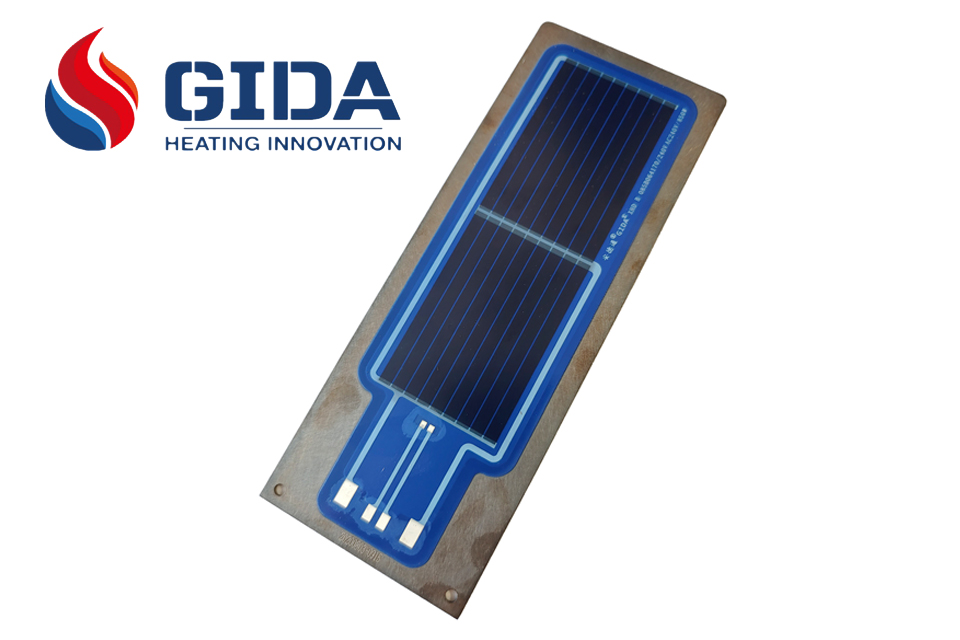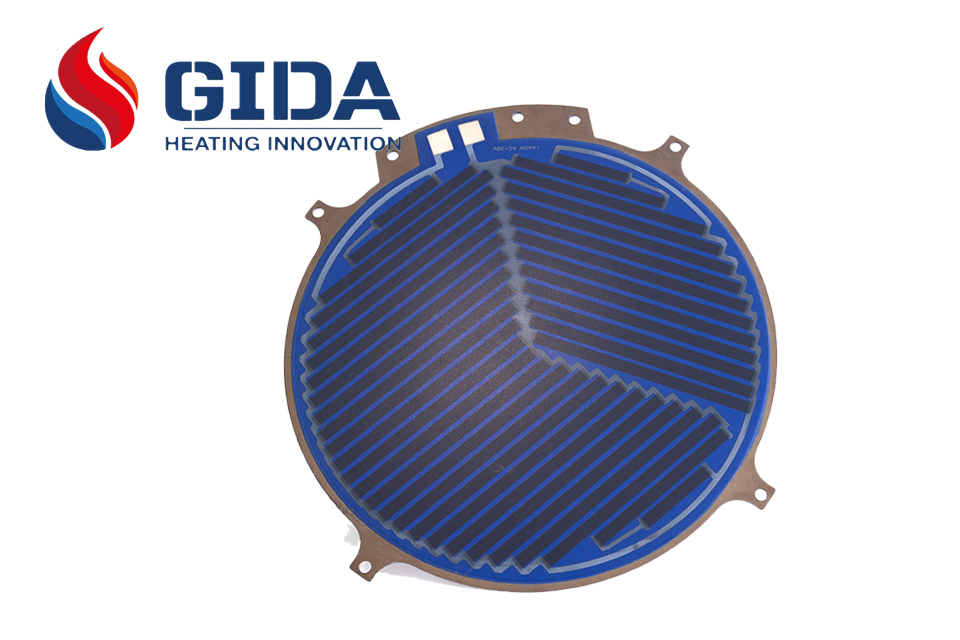Telephone:0086 3733801383
Email:jieda@gi-da.com
Thick film technology is well established in the automotive industry for high reliability circuitry, challenging sensor applications, and robust passive component needs. With the evolution of electric vehicle (EV) and battery management systems (BMS), the needs for thick film materials are expanding once again. Electronic content per vehicle is doubling and tripling in comparison to current internal combustion engine (ICE) vehicles, and this will expand depending on the level of driving autonomy.

One key difference comparing EV to ICE is the waste heat generation. ICE vehicles have utilized this waste heat for several purposes including in-cabin heating. However, EVs must utilize active heating systems, as the waste heat generated from the battery systems is not sufficient to fulfill the needs for cabin comfort. Additionally, battery management systems are required to provide critical temperature control for startup, operation, and charging of the battery pack. This is particularly needed for EV use in colder climates.
Thick film is extremely well suited for this application because of the heating precision and repeatability, space constraints, design flexibility, and power handling capabilities of the technology. A heater is very simply a circuit with controlled resistance to output a desired temperature at a given power input. Depending on the choice of materials, thick film heaters can be self-limiting, or they can be designed with high or low temperature coefficient of resistance depending on the control systems desired. And thick film heaters can be built on numerous substrate types compatible to operating temperatures from below zero to upwards of 700°C with nearly unlimited power requirements.
Most commonly thick film heaters are built on stainless steel, but there are also material systems available on polymer substrates, glass, oxide and nitride-based ceramics, and aluminum. There are long-running, commercialized uses for each of these types.
